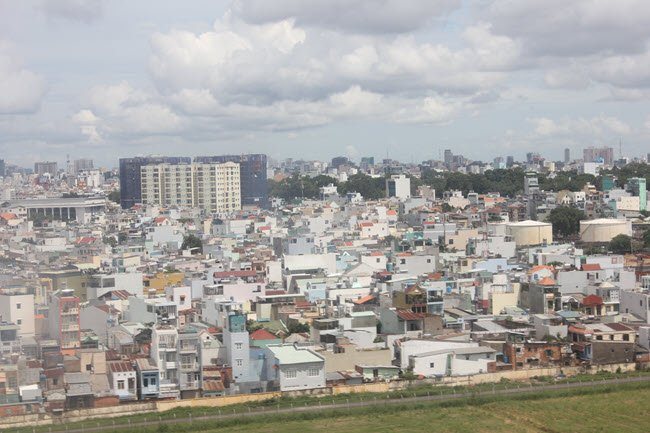
In Ho Chi Minh City, land lots along the Dong Khoi, Le Loi and Nguyen Hue streets in District 1 have the highest nominal price of VND162 million per square meter. Some land lots at prime sites in Hanoi have the same price, Thanh Nien Online newspaper reported.
If the proposal is approved, the highest land price in HCMC will increase to VND330 million per square meter. In addition, under Decree 44, the city may impose higher land prices but no more than 30% of the prices set by the Government, or the highest land price in the city may reach VND429 million per square meter.
Further, the city annually applies the land price adjustment coefficient. For example, the coefficient is 2.5 this year, so the highest land price in the city may exceed VND1 billion per square meter.
According to a representative of the HCMC Department of Natural Resources and Environment, owners of more than 17,000 land lots in the city have yet to be granted their land use rights certificates, mainly those who have incurred financial difficulties. Therefore, the land price hike will worsen their problems.
Le Hoang Chau, chairman of the HCMC Real Estate Association, remarked that the proposed land prices are too high. The proposal, if approved, will drive up the prices of property products, negatively affecting consumers.
In addition, the high prices may encourage residents to avoid completing procedures for land use rights certificates, encouraging the use of illegal transactions, reducing the State budget revenue and hindering the competent agencies’ management efforts.
The proposal may help increase the State budget revenue in the short term but will do more harm than good in the long term, Chau noted, adding that the land prices should remain unchanged or increase by a third from the current levels.
According to lawyer Tran Duc Phuong from the HCMC Bar Association, last year and in the January-October period this year, the city issued 10 decisions on site clearance compensation for public investment projects with a 13-fold land price adjustment coefficient. Thus, the compensation for these projects was equivalent to the market prices.

















